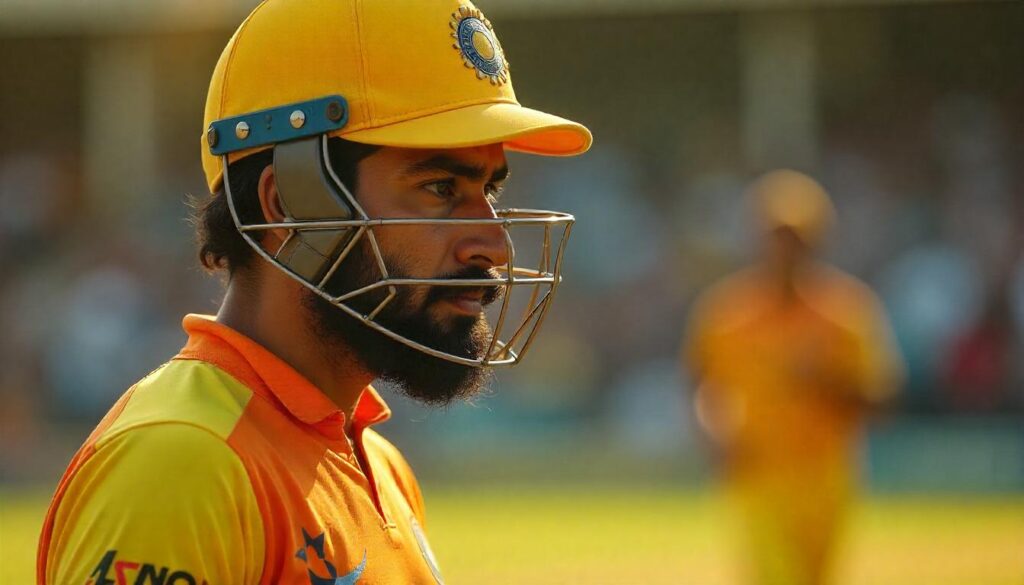Introduction
The Indian Premier League, popularly known as IPL, is not just a cricket tournament; it is a cultural phenomenon that has transformed the landscape of cricket worldwide. Since its inception in 2008, the IPL has grown to become one of the most-watched and financially lucrative sporting leagues, captivating millions of fans across the globe. Combining the thrill of Twenty20 cricket with entertainment, glitz, and glamour, IPL has redefined how the sport is played, viewed, and celebrated.
The Birth of IPL
The IPL was conceptualized and launched by the Board of Control for Cricket in India (BCCI) under the leadership of then-president Lalit Modi. The idea was to create a fast-paced, city-based franchise league that would bring together the best international and Indian cricketers in a competition that combined sport with entertainment. The format of Twenty20 cricket—each team plays 20 overs per innings—was chosen to ensure high energy, fast action, and more excitement in a shorter time span compared to traditional test matches or one-day internationals.
Since its first season in 2008, the IPL has grown exponentially. Initially featuring eight franchises representing different Indian cities, the league has expanded and evolved, attracting top cricketing talent from around the world and millions of viewers.
Format and Teams
The IPL typically features 8 to 10 teams, each representing major cities in India, such as Mumbai Indians, Chennai Super Kings, Royal Challengers Bangalore, Kolkata Knight Riders, and more. The league follows a round-robin format, where teams play against each other, followed by playoffs and the final match to decide the champion.
Each team comprises a mix of Indian players and international stars, creating a unique blend of talent and styles. The auction system, where players are bid on by franchises, adds an element of strategy and excitement even before the tournament begins.
Impact on Cricket
The IPL has revolutionized cricket in many ways:
- Popularity Boost: The IPL has introduced cricket to a wider, younger audience, including those who might not have followed traditional formats. The combination of entertainment, music, and celebrity culture has made it a grand spectacle.
- Financial Growth: With enormous television rights deals, sponsorships, and merchandise sales, the IPL has become one of the richest sporting leagues globally. Players, too, benefit from lucrative contracts and endorsements.
- Global Talent Showcase: By inviting international players, the IPL offers a unique platform for cross-cultural exchange and skill development. Many young Indian players have emerged as stars by competing alongside and against seasoned international veterans.
- Innovation in Cricket: The fast-paced Twenty20 format encourages innovation in batting, bowling, and fielding strategies. Players have introduced new shots, bowling variations, and field placements, many of which have influenced international cricket.
Entertainment and Celebrity Culture
One of the defining features of the IPL is its blend of cricket and entertainment. Each match is not just a sporting event but a grand production. Opening ceremonies featuring Bollywood stars, cheerleaders, high-energy music, and flashy advertisements create a carnival-like atmosphere.
The involvement of Bollywood actors and other celebrities as team owners or brand ambassadors adds a glitz factor that attracts fans beyond the cricketing fraternity. This blend of sports and entertainment has helped IPL carve a unique identity on the global sporting map.
Challenges and Controversies
While IPL has been a massive success, it has faced its share of controversies:
- Match-fixing Scandals: The league was marred by match-fixing allegations in its early years, leading to bans on certain players and officials. These incidents, however, prompted the BCCI to tighten regulations and improve transparency.
- Player Workload: The packed IPL schedule, along with international commitments, has raised concerns about player burnout and injuries.
- Franchise Issues: Financial troubles and management disputes have affected some franchises.
Despite these challenges, the IPL has managed to maintain its popularity and continue growing.
IPL and the Economy
Beyond cricket, the IPL has had a significant economic impact. The league generates thousands of jobs, boosts local businesses, and stimulates tourism. Cities hosting matches experience a surge in hospitality and retail activity. The media and advertising industries benefit immensely from the league’s massive reach and popularity.
The Future of IPL
The IPL’s future looks promising. With technological advancements such as augmented reality (AR) and virtual reality (VR), fans can expect even more immersive viewing experiences. Efforts are also underway to expand the league’s footprint globally, with talks about holding matches abroad or involving teams from other countries.
Moreover, the IPL has inspired other countries to start their own T20 leagues, creating a global ecosystem of franchise cricket that continues to evolve.
Conclusion
The Indian Premier League is much more than a cricket tournament—it’s a vibrant celebration of sport, entertainment, and culture. By blending high-octane cricket with star power, business acumen, and fan engagement, IPL has changed the way cricket is played and enjoyed. It has made cricket accessible and exciting for millions of people worldwide, creating new heroes and unforgettable moments. As the league continues to grow and innovate, the IPL remains a shining example of how sports can unite people and create lasting memories.


